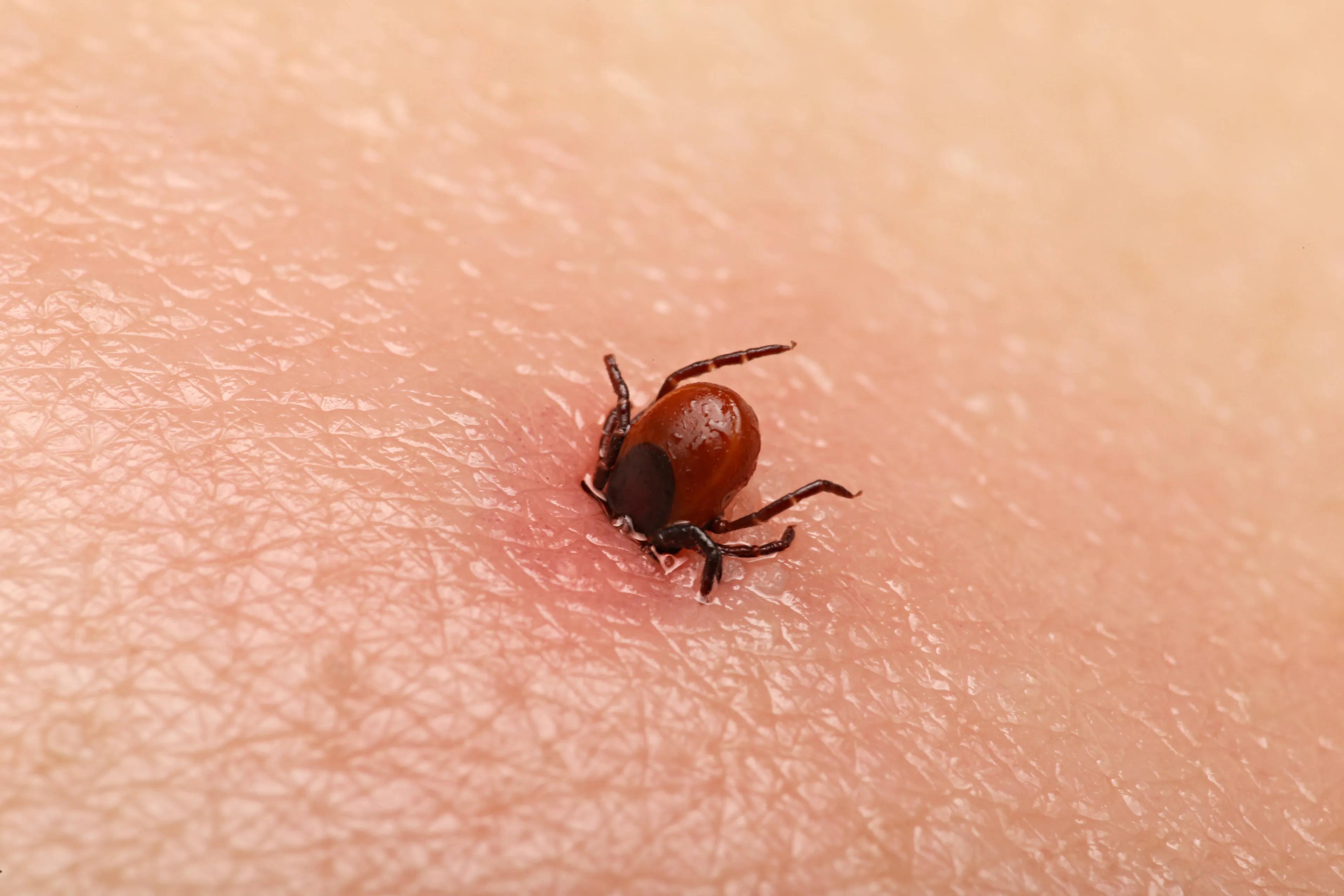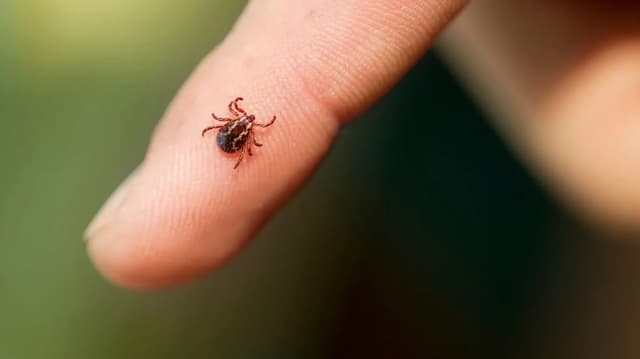Comprehensive Guide to Tick Bite and Lyme Disease Prevention
By Admin
04/10/2024
Discover effective ways to prevent tick bites and Lyme disease with our comprehensive guide. Learn about personal protective behaviors, the importance of regular tick checks, and how to use effective tick repellents. Discover insights into tick behavior, best practices for tick removal, and safe repellent options for maximum protection during outdoor activities.

Tick bites can lead to serious health problems, including Lyme disease, a condition transmitted by black-legged ticks. Understanding tick behavior and taking effective preventative measures can significantly reduce your risk of contracting tick-borne diseases. Here's a guide to help you protect yourself and your loved ones from ticks.
Understanding tick behavior and contact
Ticks are small arachnids that do not jump or fly, but instead attach themselves to a host as they pass by. Most cases of Lyme disease involve the nymphal stage of the black-legged tick, which is active in late spring and summer. These ticks are very small and difficult to spot, making regular checks necessary. Adult ticks are larger and easier to see, but are less likely to be associated with Lyme disease. They are active in the fall and on warmer days of winter and spring.
Personal protection measures
- Avoid tick habitats:
- Minimize time spent in grassy, bushy or wooded areas where ticks are common.
- Stay in the middle of the trail when hiking to avoid contact with vegetation.
- Wear protective clothing:
- Choose light-colored clothing to make ticks easier to spot.
- Tuck your pants into your socks to prevent ticks from clinging to the outside of your clothes.
- Avoid wearing open-toed shoes or sandals in areas prone to ticks.
- Using tick repellants:
- Apply insect repellent containing DEET to exposed skin and insect repellent containing permethrin to clothing.
- Repellents are especially helpful when doing yard work or outdoor activities where the risk of exposure to ticks is high.
- Check for ticks regularly:
- After outdoor activities, check yourself, children, and pets for ticks.
- Pay attention to hidden areas like underarms, behind ears and around waist.
Kill ticks and prevent diseases
Prompt removal of attached ticks is important to prevent the transmission of Lyme disease and other infections. Use fine-tipped tweezers to grasp the tick close to the skin and pull steadily. Disinfect the bite area with alcohol afterward. It takes 36-48 hours for the bacteria that cause Lyme disease to spread, so early removal is essential.
Create a safe environment for ticks
- Maintaining your yard:
- Mow the lawn regularly, clearing away tall grass and fallen leaves.
- Create a barrier of wood chips or gravel between the lawn and the wooded area.
- Keep playground equipment and flooring away from wooded areas.
- Use pesticides wisely:
- Consult your local guidelines for safe pesticide use to reduce tick populations in your yard.
Understanding Tick Repellents
DEET:A highly effective repellent against ticks and mosquitoes, DEET should be applied sparingly to exposed skin. It provides protection for several hours but should be reapplied as needed.
Permethrin medicine:This repellent is applied to clothing and belongings, not the skin. It kills ticks on contact and provides high levels of protection.
Plant Repellent:Options like lemon eucalyptus essential oil provide protection but are generally less effective than synthetic repellents.
Use DEET safely
DEET has a long history of being safe when used properly. Follow label instructions, avoid over-application, and wash off when indoors. DEET is not recommended for use on children under two months of age.
By understanding tick behavior and taking these preventative measures, you can significantly reduce your risk of tick bites and Lyme disease. Regular tick checks, use of repellents, and creating a tick-safe environment are essential components of effective tick bite prevention. Stay vigilant and informed to protect yourself and your family from tick-borne diseases and ensure a safe and enjoyable outdoor experience.
Essential Vietnamese Phrases for Tourists: A Guide to Communicating in Vietnam
By Admin
04/10/2024
Start your Vietnam adventure with confidence by mastering key phrases that will enhance your travel experience. While fluency is not required, knowing essential expressions can improve your safety and interactions with locals, providing a deeper connection to Vietnam’s rich culture. From basic greetings to directions, these phrases will help you communicate effectively and show respect for local customs. Take the opportunity to enrich your trip by engaging in Vietnam’s vibrant language and traditions.
Mẹo an toàn thực phẩm và nước uống thiết yếu cho du khách ở Việt Nam
By Duc Anh
04/10/2024
Culinary Journey
Khám phá những mẹo quan trọng về an toàn thực phẩm và nước để nâng cao trải nghiệm du lịch của bạn tại Việt Nam. Tìm hiểu cách chọn lựa các lựa chọn ăn uống an toàn, xử lý sản phẩm tươi sống và điều hướng an toàn nước để có một chuyến đi không phải lo lắng.
Ways to prevent ticks and lice
By Duc Anh
04/10/2024
Learn effective ways to minimize exposure to ticks and protect against tick-borne diseases. Discover how to prevent tick bites before and after outdoor activities and implement landscaping techniques to create a tick-safe environment around your home. Stay informed and safe during peak tick activity months.
Comprehensive Guide to Tick Bite and Lyme Disease Prevention
By Admin
04/10/2024
Discover effective ways to prevent tick bites and Lyme disease with our comprehensive guide. Learn about personal protective behaviors, the importance of regular tick checks, and how to use effective tick repellents. Discover insights into tick behavior, best practices for tick removal, and safe repellent options for maximum protection during outdoor activities.




